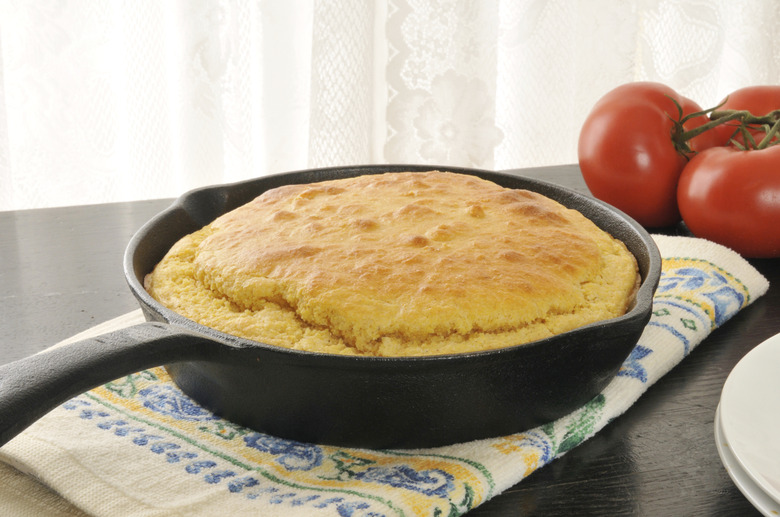How To Tell The Difference Between Cast Iron & Cast Steel
Cast iron and cast steel are both mostly made from iron, and therefore can be nearly indistinguishable in appearance. However, they are distinguishable by their physical properties, such as cast iron being more vulnerable to corrosion.
Manufacturing Process
Manufacturing Process
The cast iron process starts with iron ore or recycled iron being melted in a furnace ranging from 2,600 to 2,800 degrees Fahrenheit. After it is melted, the iron is poured into specifically designed molds. The cast steel process involves the removal of carbon from smelted iron. The carbon is replaced by elements like silicon and manganese, which leads to an alloy with a carbon content below 1 percent.The result is a high-tensile and compressive-strength alloy.
Physical Properties
Physical Properties
When cast iron is first made, it typically has a protective film or scale covering and protecting it from corrosion. It also often contains imperfections, such as impurities, air holes or small cracks. These imperfections can lead to structural failure; therefore, cast iron is considered relatively brittle. Cast steel can be made with a range of processes and compositions, each with different hardness, strength, ductility and fatigue resistance properties. For example, hardness of a steel is mostly determined by carbon content and heat treatment.
Uses
Uses
Because cast iron is cheap, durable and can be easily molded into countless shapes, it is used for stairs, fences, tools, utensils, stoves, piping and much more. Cast steel can be used to make many of the same products, but it is often chosen when one needs a stronger or more durable option — as its formulation can be adjusted accordingly. Additionally, steel can be forged into an even stronger material. Forged steel has been used to make swords.
Problems
Problems
When cast iron is properly protected from expose and deterioration, it can be a highly useful and robust material. However, exposure to moisture and air will cause it to rust. In the presence of acid rain or sea water, cast iron can go through a process called graphitization, in which iron is removed form the cast iron, but the carbon stays in place. This results in a weaker piece. In comparison to cast iron, steel has poorer wear resistance and mobility. It is also more expensive to make.
Cite This Article
MLA
Smith, Brett. "How To Tell The Difference Between Cast Iron & Cast Steel" sciencing.com, https://www.sciencing.com/tell-cast-iron-cast-steel-8428053/. 24 April 2017.
APA
Smith, Brett. (2017, April 24). How To Tell The Difference Between Cast Iron & Cast Steel. sciencing.com. Retrieved from https://www.sciencing.com/tell-cast-iron-cast-steel-8428053/
Chicago
Smith, Brett. How To Tell The Difference Between Cast Iron & Cast Steel last modified March 24, 2022. https://www.sciencing.com/tell-cast-iron-cast-steel-8428053/
